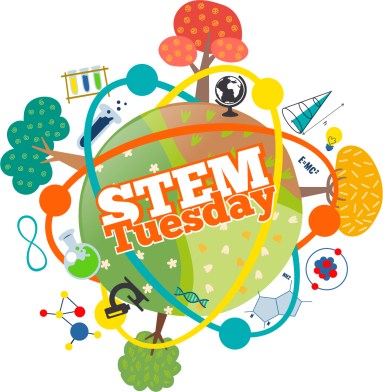
Extinction is a tough theme. I struggled with my emotions a bit as I read through books from this month’s list. All the books I read balanced the threat of extinction with hope for staving it off. This included providing actions individuals can take to make a difference to species threatened with extinction. More on that below. First, here are the books I read. All were exceptionally well done and worth the read.
Champion, The Comeback Tale of the American Chestnut Tree
by Sally M Walker
I married a guy who loves trees, so it’s no surprise that this book caught my eye. Plants and trees often seem forgotten when discussions of endangered or extinct species arise. This book covers the importance of the American Chestnut in American history and culture and how it was almost wiped out. Then it looks at the different ways scientists are trying to save this tree from extinction.
Giraffe Extinction: Using Science & Tech To Save the Gentle Giants
by Tanya Anderson
My sister loves giraffes, so of course I had to read this book. I learned so much about giraffes that I didn’t know! This book also includes great descriptions about things like the IUCN Red List and taxonomy.
 Where Have All the Birds Gone? And Where Have All the Bees Gone?
Where Have All the Birds Gone? And Where Have All the Bees Gone?
by Rebecca E. Hirsch
I love birding and am a Scouts BSA Bird Study merit badge counselor. I’ve also been rewilding my yard, repopulating it with native plants. Some of my favorite visitors are the different types of bumblebees that visit our native wildflowers. Given that, this duo of books from Rebecca Hirsch were must-reads for me. They gave me a greater understanding of what’s driving bird and bumblebee species to the edge of extinction, along with things I can do to help bring them back from that edge (some of which I was already doing, like planting native plants).
Learn Some Terminology
When you learn about threatened and endangered species, you hear lots of new terms related to them. And that’s in addition to the levels used in the IUCN Red List. Now would be a great time to find out what the following terms mean and how they relate to extinction.
Terms to explore: extant, extirpated, extinct, invasive, naturalized.
(Hopefully I didn’t forget any big ones.)
Explore Your Local Area
Endangered and threatened species classification is done on many levels. Explore what species are threatened or endangered in your neck of the woods. Have each student pick one to explore further.
What is its natural habitat? Why is the species threatened? How many are still in existence in the wild? What is being done to protect the species?
Have students educate each other about what they’ve found. Then have them pool their information in the following activity.
[If you’re having trouble finding this information, start with your local parks, Fish & Wildlife, Department of Natural Resources, or conservation organizations.Some New Jersey resources are:
NJ Fish & Wildlife (Department of Environmental Protection) – https://dep.nj.gov/njfw/wildlife;
Conserve Wildlife Foundation of New Jersey – http://www.conservewildlifenj.org;
the U.S. Fish & Wildlife Service NJ Field Office – https://www.fws.gov/office/new-jersey-ecological-services/species.]
Graph It Out!
If you read about multiple species, you’ll notice repetition among the things that are driving them towards extinction. It’s not just one thing, either. Usually, there are multiple factors working together to drive species to die out.
Have each student research a different threatened or endangered species (or even one that has gone extinct). Find out what factors are/were negatively impacting the species.
Combine all the collected information into a graph or chart to show the most common factors driving species to extinction. Is it habitat loss, fragmentation, pesticide use, or something else?
What would be the best way to illustrate this? A bar graph? A pie chart? Something else?
Take Action
Once you’ve learned about lots of species needing help in your area, you’ll probably be a little depressed and/or scared. The best thing to do is to take some action that will make a difference to those threatened species. Look for ideas in the books on the booklist or in the other resources you’ve accessed.
A few ideas include:
Stop pesticide use on lawns and fields. This could include lobbying your local school board or town/county/city council.
Create a native plant garden or pocket meadow. (If you search the internet, you will find lots of resources to help.) There are lots of local Native Plant Society chapters that could help with this.
Participate in a Community Science program to help collect data on species – see the June 2022 post to help with this.
Bonus Read
I recently read a fabulous photo essay about seabeach amaranth, a plant species that made an amazing reappearance on the New Jersey coastline. Check it out here: https://storymaps.arcgis.com/stories/8ef3760b8f46470b91847762f10437af
—

Janet sometimes helps out with conservation projects – here she’s helping cut reeds to stock an insect hotel.
Janet Slingerland is the author of over 20 books for young readers. In her spare time, you can often find her out in her yard, creating habitat for plants and animals. Learn more about Janet and her books at janetsbooks.com.





















